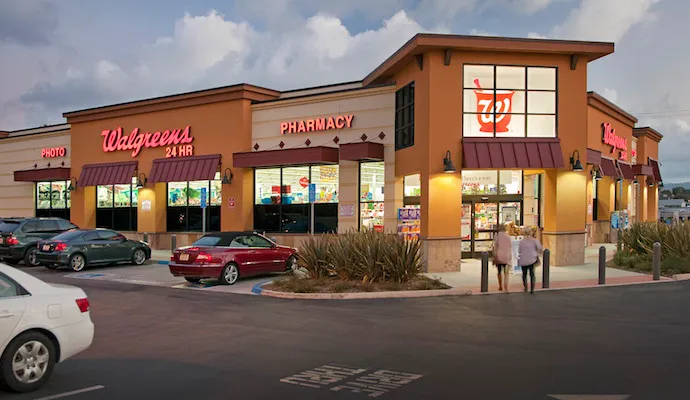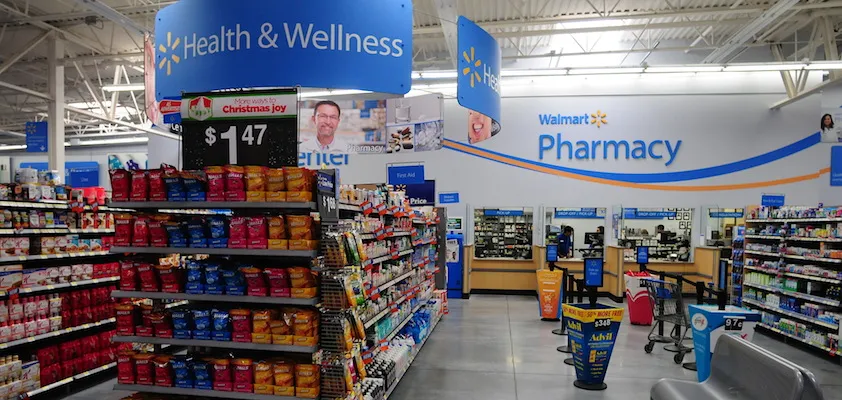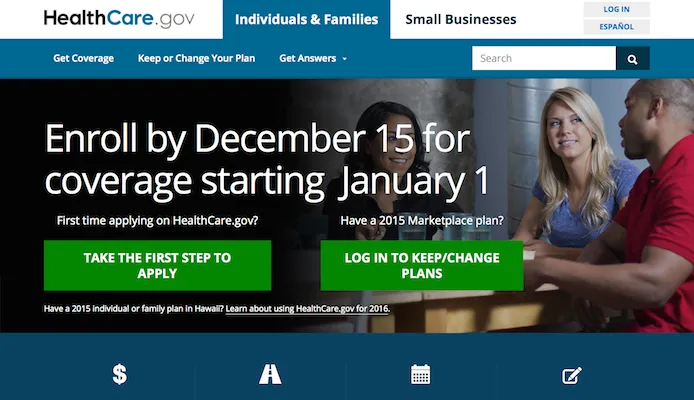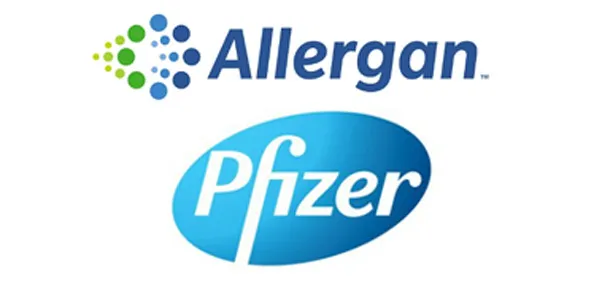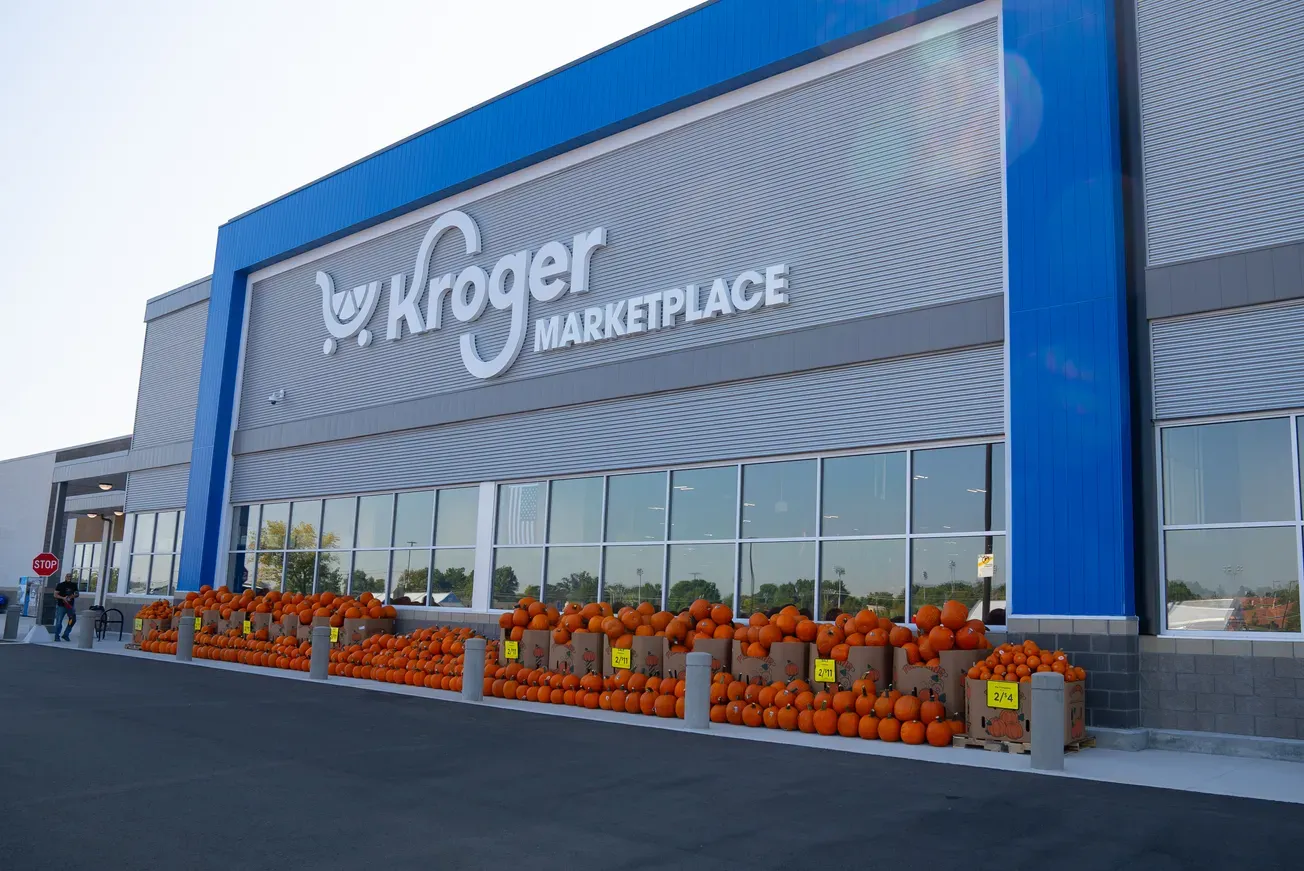DEERFIELD, Ill. — The acquisition of Rite Aid Corp. culminates sweeping change at Walgreens in the space of a little over three years.
In linking its fortunes, starting in June 2012, to Alliance Boots GmbH and its dynamic leader, Stefano Pessina, the chain adopted a global outlook focusing simultaneously on scale and efficiency.
Its merger with Pessina’s company, which created Walgreens Boots Alliance Inc., was finalized this past New Year’s Eve. The goal was to create an international pharmacy-led health and well-being enterprise. With the addition of Rite Aid, WBA also becomes the first U.S. drug chain with more than 10,000 stores, widening its lead over rival CVS/pharmacy.
Pessina, who became WBA’s chief executive officer over the summer, earlier called the company “a worldwide health care champion, which will provide innovative ways to address global health and well-being challenges by helping to shape retail pharmacy, health care and pharmaceutical wholesale markets around the world.” He said becoming global gave it the ability to generate major, sustainable benefits for local markets and stakeholders, from consumers and patients to pharmacists, suppliers, business partners and employees.
The main components of WBA’s business model are distribution, brands and pharmacy-led retailing. “We will look to enter a market where we can see an opportunity to operate any one of these elements well and at scale within a reasonable time,” Pessina said at the company’s inaugural Analyst Day this past spring. “Frequently to date this had been through merger or acquisition, and also frequently in the wholesale division, as this normally is the easiest way to get to scale quickly.”
The company’s distribution business gives it important tactical and strategic advantages that provide additional strength to the group as a whole, he noted. “It is an extremely cash-generative business that provides a common platform and true international presence in a sector we scope for further consolidation.”
In keeping with that view, Walgreens and Alliance Boots in 2013 forged a long-term strategic relationship with AmerisourceBergen Corp. The partnership includes equity in the distributor and entails: a 10-year comprehensive primary pharmaceutical distribution contract with Walgreens; access to generic drugs and related pharmaceutical products; and opportunities to accelerate AmerisourceBergen’s efforts to grow its specialty and manufacturer services businesses domestically and internationally.
Walgreens and Alliance Boots were given the right to buy up to 23% of AmerisourceBergen, starting with a 7% stake on the open market.
And Walgreens has more than a new corporate name. The creation of WBA has been accompanied by an influx of new managers, many with retail experience with the Boots chain overseas. There is, first and foremost, Walgreens president Alex Gourlay. Before joining the chain in October 2013, Gourlay was chief executive of the Health and Beauty Division of Alliance Boots.
Then there’s Richard Ashworth, who filled the new position of president of pharmacy and retail operations. Having started his career at Walgreens as a part-timer while still in high school 23 years ago and subsequently earning a pharmacy degree, Ashworth knows the drug chain’s business and how customers respond to it from the store level up. Before taking on his current role, he was one of the first executives to reap the benefits of the cross-fertilization between Walgreens and Alliance Boots. He spent a year in the U.K. where, as director of health care, he led the development and implementation of Boots’ health care strategy.
Linda Filler this year became Walgreens’ president of retail products and chief merchandising officer. She had been president of specialty chain Claire’s Stores Inc. and chief merchandising officer at Sam’s Club.
Across its divisions, WBA has “excellent people running solid businesses and running them well on a daily basis,” remarked Pessina. What the employees reporting to them require is a clear direction and common goal translated into management action relevant to them and their roles, he said. “I believe that for the most part we have people to deliver that.”

